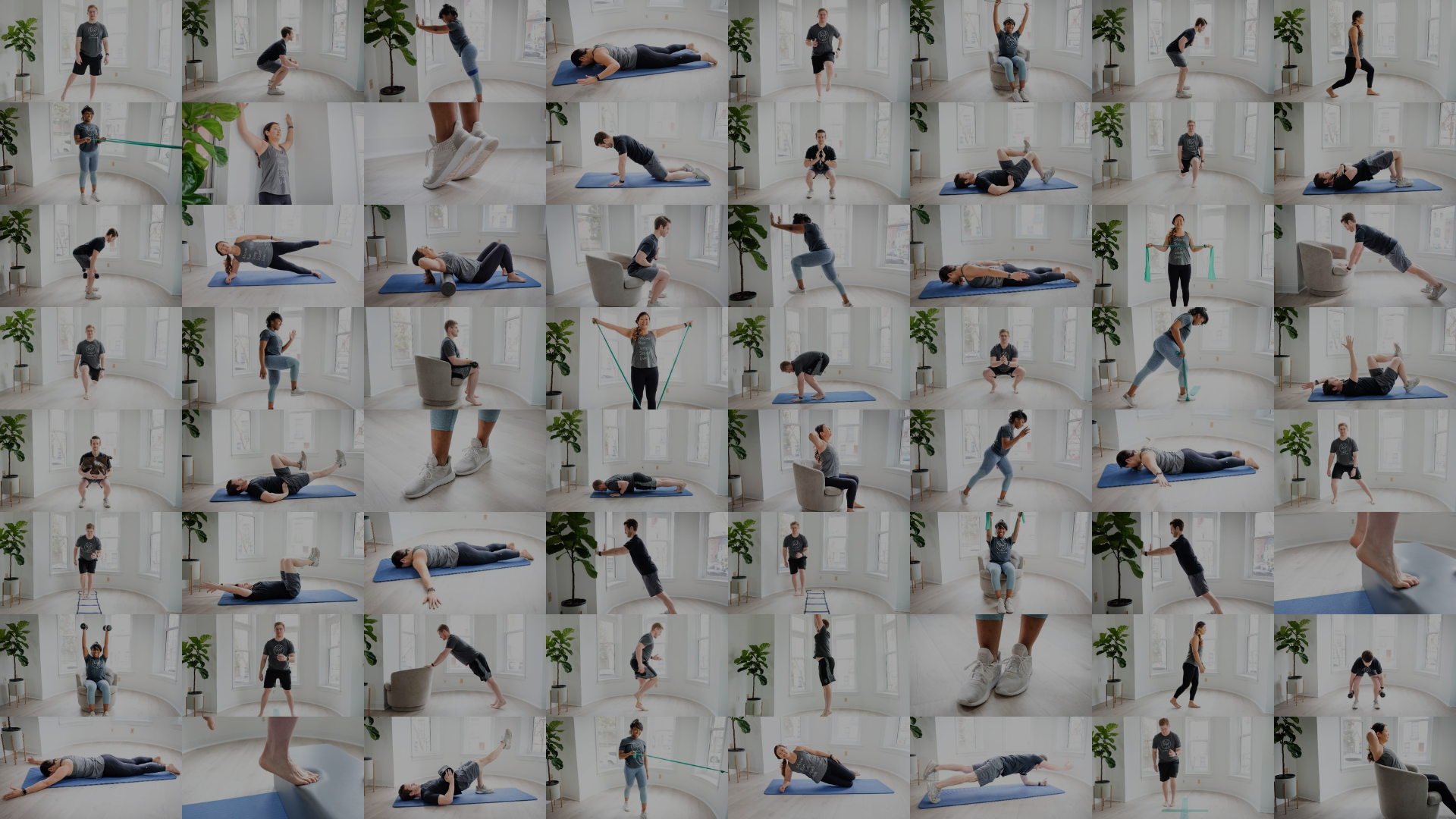
AgeProof Your Body – Exercise Library
Side Plank
Exercise Library > Side Plank
How To Do a Side Plank
Side planks are a great way to train core and lower body strength.
Core & lower body strength are essential for daily activities such as lifting, squatting, and jogging. Side planks specifically challenge the oblique muscles and the hip abductors, which are useful for stabilizing the back and pelvis during single leg tasks.
Here are three options to get you started with Side Planks.
Level 1:
Chair / Wall Side Plank
Level 2:
Kneeling Side Plank
Level 3:
Full Side Plank
Level 1
Chair / Wall Side Plank
Lean against a stable chair, countertop, or wall, with either the hand or elbow. Keep your body in a straight line by engaging your core muscles.
Level 2
Kneeling Side Plank
Kneel on the floor with either your hand, fist, or elbow on the ground. Keep your abdominal and hip muscles tight to keep your hips off the ground and maintain your head, hips, and knees in a straight line.
Level 3
Full Side Plank
Lean sideways on the floor with either your hand, fist, or elbow on the ground. Keep your abdominal and hip muscles tight to keep your hips off the ground and maintain your head, hips, and knees in a straight line.
🟢 What You Should Feel:
Muscles working in your core and hips (on the side closest to the floor); muscles working in the shoulder
Don’t feel these muscles? Try this cue:
“Push the ground away from you.”
🔴 What You Shouldn’t Feel:
Pain or discomfort in the low back, hips, wrists, elbows, or shoulders.
📶 Progression Criteria:
Progress to the next level or add resistance when you can complete a 1 minute side plank without fatigue.
More Variations & Progressions
Too easy? Try lifting the top leg off the ground to further challenge the abdominals and hips.
Having trouble accessing the floor? Banded sidesteps (as pictured) can activate similar muscles in the lateral core and hips.
Remember to consult with your individual doctor or physical therapist with specific questions or concerns regarding exercise.
Want to learn more?
Join our online exercise community for individuals 60+ to learn more exercises and strategies for healthy aging from our team of movement experts.






